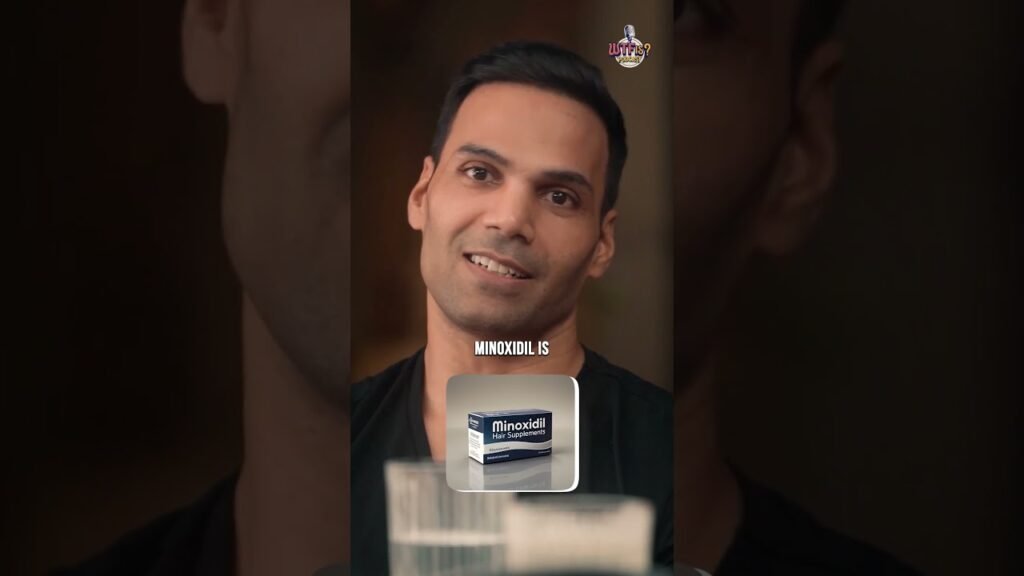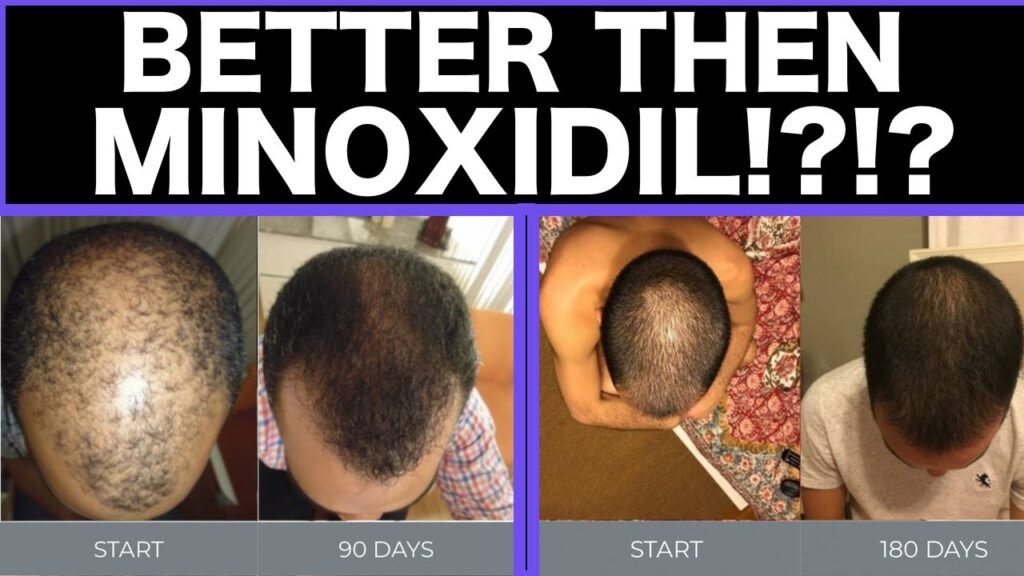Which gives better results: Minoxidil vs finasteride
When considering hair loss treatments, two of the most commonly discussed options are minoxidil and finasteride. Both have been proven effective, but they work in different ways and may yield different results depending on the individuals condition and response to treatment. Minoxidil, a topical treatment, primarily works by stimulating hair follicles to promote hair growth. It is often used for treating male and female pattern baldness and is available over the counter. On the other hand, finasteride is an oral medication that works by reducing the production of dihydrotestosterone (DHT), a hormone linked to hair loss.
Effectiveness of Minoxidil
Minoxidil is generally well-received for its ability to promote hair regrowth, particularly in the crown area of the scalp. It is typically applied twice daily, and users may start to see results within three to six months of consistent use. The effectiveness of minoxidil can vary, with some users experiencing significant regrowth and others noticing only minor improvements. It is important to note that the continued use of minoxidil is necessary to maintain any new hair growth, as discontinuation can lead to the loss of regrown hair.
Effectiveness of Finasteride
Finasteride has shown a high level of effectiveness in preventing further hair loss and, in some cases, promoting regrowth. It is particularly effective for treating hair loss at the crown and the middle of the scalp. Unlike minoxidil, finasteride works by addressing the hormonal causes of hair loss, offering a more systemic solution. Clinical studies have indicated that many users see a significant reduction in hair loss after several months of consistent use. However, finasteride is generally recommended for use by men, as it can have side effects that are not suitable for women, particularly those who are pregnant or may become pregnant.
Both treatments offer distinct advantages, and the choice between minoxidil and finasteride may depend on individual preferences, the specific pattern and cause of hair loss, and medical advice. While some individuals may find success with one treatment, others might benefit from a combination of both for optimal results.


